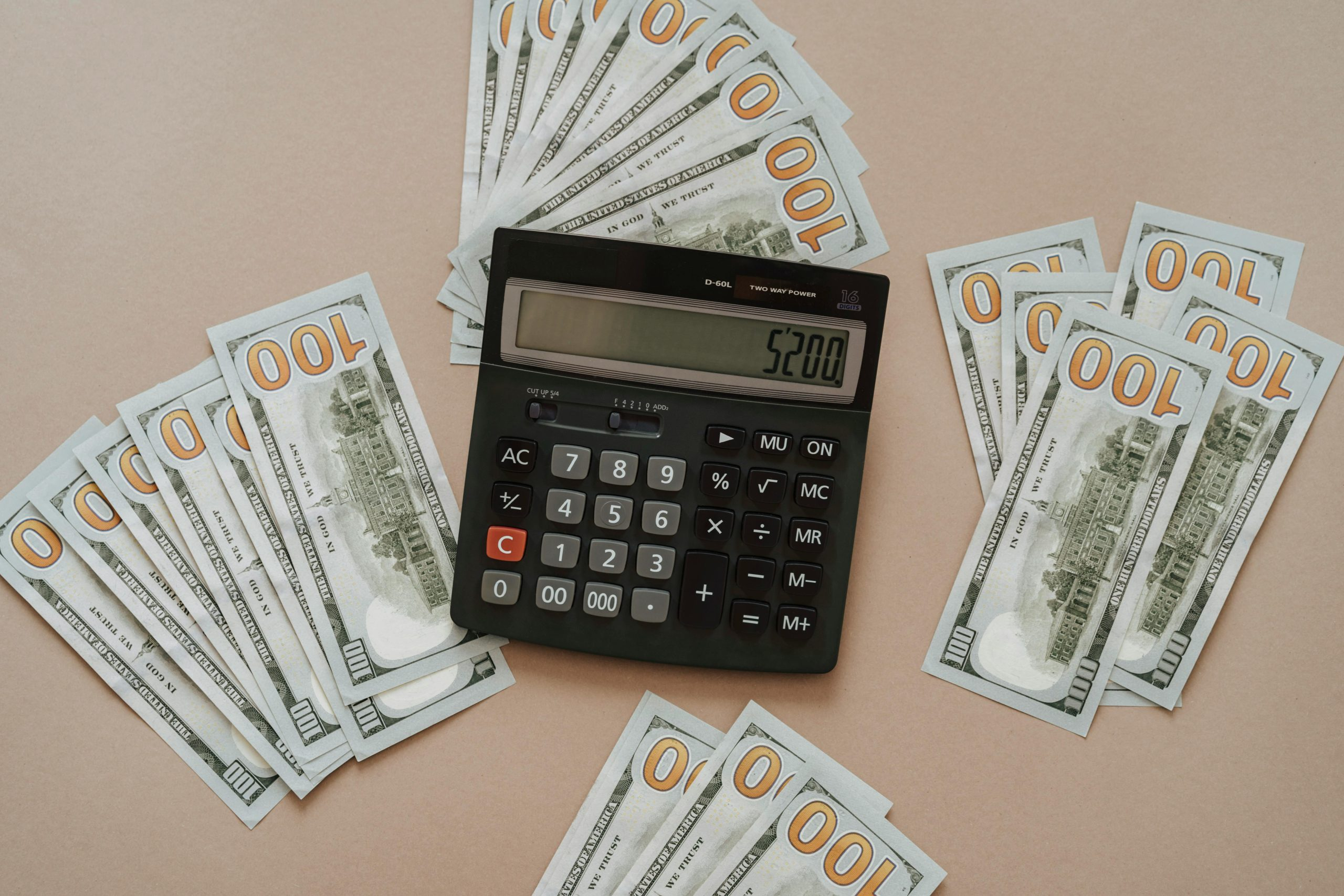Choosing the Best Account for Emergency Savings
In today’s uncertain economic times, having an emergency savings fund is more important than ever. Whether it’s due to job loss, unexpected medical expenses, or a major home repair, having a safety net can provide peace of mind during a financial crisis. However, not all savings accounts are created equal when it comes to emergency funds. In this article, we will delve into the key factors to consider when choosing the best account for your emergency savings.
The Importance of Having an Emergency Savings Fund
Before we dive into the details of choosing the best account for your emergency fund, let’s take a moment to understand why having one is crucial. According to a survey from the Federal Reserve, nearly 40% of American adults would not be able to cover a $400 emergency expense without borrowing money or selling assets. This alarming statistic highlights the need for having savings readily available for unexpected costs.
An emergency savings fund can also provide financial stability and security. Knowing that you have a buffer in case of job loss, reduced income, or any other unforeseen circumstances can help alleviate money-related stress and allow you to focus on finding a solution to the emergency at hand.
Factors to Consider When Choosing an Account for Emergency Savings
Liquidity and Accessibility
The first factor to consider when choosing an account for your emergency savings is liquidity and accessibility. You want to ensure that your savings are easily accessible when you need them. This means you should avoid long-term savings options such as certificates of deposit (CDs) or retirement accounts that come with early withdrawal penalties. Instead, opt for a savings account that allows you to withdraw your money at any time without any penalties.
Another factor to consider is the speed at which you can access your savings. In an emergency, you may need funds immediately, so it’s important to have a savings account that offers quick and easy access. This could be in the form of mobile banking, debit cards, or online transfers.
Interest Rates and Fees
While interest rates may not seem like a significant factor when it comes to emergency savings, it’s still important to consider. The higher the interest rate, the more your money will grow over time. Even if the difference between interest rates may seem small, it can add up over the years.
However, it’s essential to also consider any fees associated with the account, such as maintenance fees or minimum balance requirements. These fees can eat into your earnings and may not be worth it in the long run.
Federal Deposit Insurance Corporation (FDIC) Insurance
An additional consideration when choosing an account for your emergency savings is FDIC insurance. The FDIC is an independent government agency that protects bank deposits in the event of a bank failure. Most savings accounts are FDIC-insured up to $250,000 per depositor, per bank. This insurance can provide peace of mind knowing that your money is safe and protected.
Types of Accounts for Emergency Savings
Savings Accounts
The most common and straightforward option for emergency savings is a traditional savings account. These accounts are typically offered by banks or credit unions and come with FDIC insurance. They offer the highest level of liquidity and accessibility, making them an ideal choice for emergency funds. However, savings accounts may have lower interest rates compared to other types of savings accounts.
High-Yield Savings Accounts
High-yield savings accounts offer a higher interest rate than traditional savings accounts. These accounts are offered by online banks, which often have lower overhead costs than brick-and-mortar banks. While they may have a higher minimum balance requirement, they also tend to come with no maintenance fees or monthly account fees.
Money Market Accounts
Money market accounts are a hybrid between savings and checking accounts. They offer higher interest rates compared to traditional savings accounts, but may also require a higher minimum balance. These accounts often come with checks or a debit card, providing easier access to your funds.
Cash Management Accounts
Cash management accounts are another hybrid option for emergency savings. These accounts combine the features of a checking, savings, and investment account, providing higher interest rates and the ability to invest your money. However, these accounts may have higher minimum balance requirements and fees.
Final Thoughts
Choosing the best account for your emergency savings is not a one-size-fits-all solution. It’s essential to consider your individual financial goals and needs when making this decision. Whichever account you choose, remember the key factors of liquidity, accessibility, interest rates, fees, and FDIC insurance. By being proactive and taking the time to choose the right account, you can ensure financial stability and peace of mind in case of an emergency.










